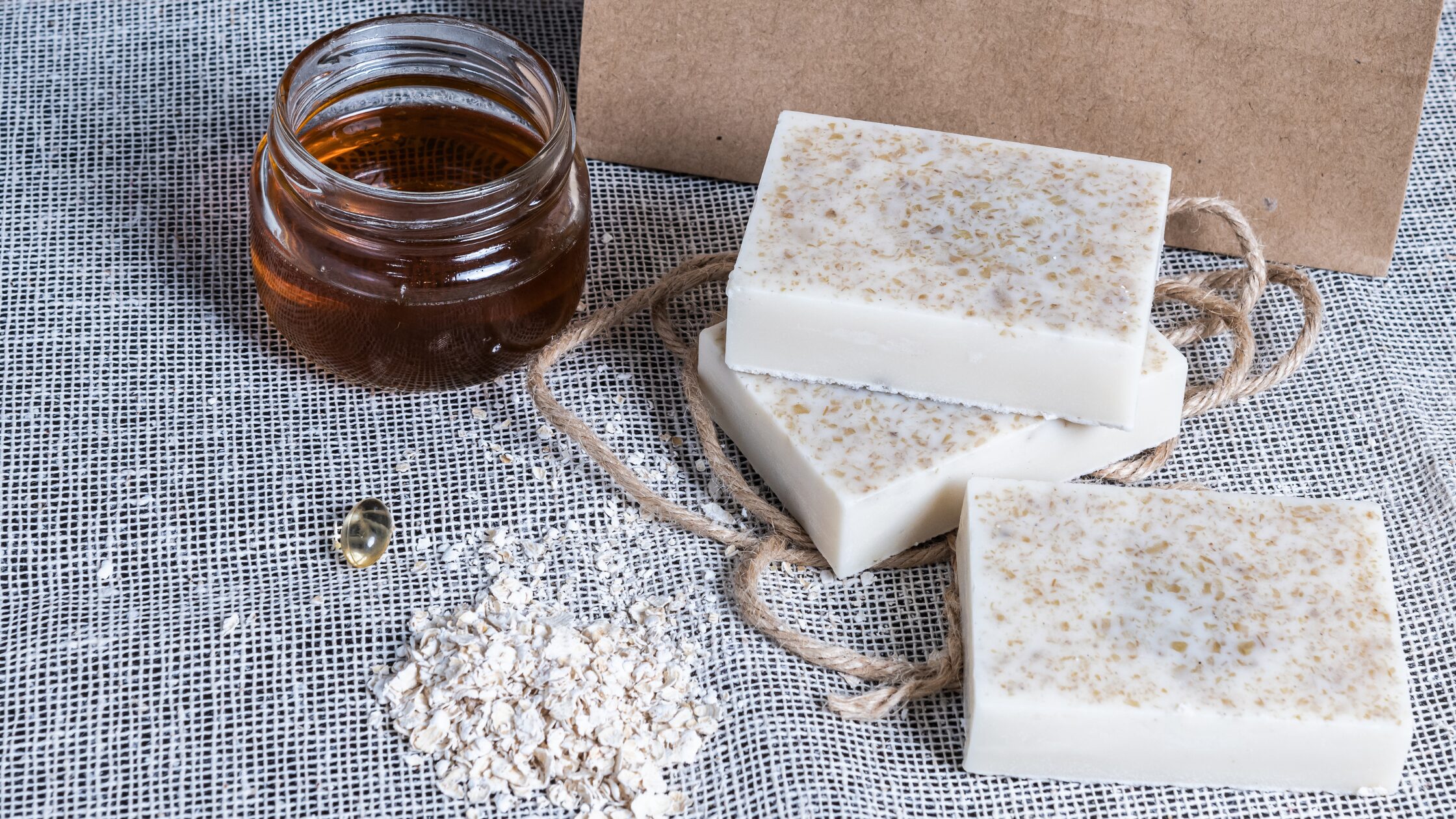
The Alchemist’s Guide To Soapmaking: Unveiling The Art And Science Behind A Pristine Clean
Greetings, fellow seekers of pristine cleanliness! Today, we embark on an adventure to explore the enigmatic depths of soapmaking, guided by the wisdom of “The Alchemist’s Guide to Soapmaking: Unveiling the Art and Science Behind a Pristine Clean.” Join us as we unravel the secrets of this age-old craft, unlocking the power to harness the elements and create a sanctuary of purity in your abode.
A Journey Into The Alchemist’s Lab
Soapmaking, an ancient art steeped in alchemy, is a mesmerizing dance between science and artistry. It is a transformative process where common ingredients undergo a magical metamorphosis, emerging as a powerful cleansing elixir. In the alchemist’s lab, we witness the union of oils, lyes, and fragrances, culminating in a symphony of cleanliness that banishes dirt and embraces purity.
The Science Of Suds: Unveiling Soap’s Molecular Magic
At the heart of soapmaking lies a fascinating scientific phenomenon: saponification. It is a chemical reaction that occurs when fats or oils are combined with a strong alkali, such as lye. This magical process breaks down the fats into fatty acids and glycerol, creating the soap we know and cherish. Understanding this alchemy is crucial for crafting effective and gentle cleansers that respect the delicate balance of your skin.
Artful Blending: The Symphony Of Oils And Fragrances
The alchemist’s palette is adorned with a myriad of oils, each imparting unique properties to the final creation. From nourishing coconut oil to soothing olive oil, the choice of oils determines the soap’s texture, lather, and skin-loving qualities. Fragrances, too, play a vital role, transforming soap into an aromatic delight that elevates the cleansing ritual to a sensory experience.
Crafting With Care: The Alchemy Of Hands-On Soapmaking
The art of soapmaking extends beyond theory and into the realm of hands-on creation. It is a tactile experience where the alchemist’s intuition guides the blending of ingredients, the pouring of molds, and the shaping of bars. Patience and precision are the guiding stars, ensuring that each handcrafted creation is a masterpiece of cleanliness.
Benefits And Blessings: The Virtues Of Homemade Soap
Homemade soap is a treasure trove of benefits that extend far beyond commercial counterparts. Its natural ingredients are gentle on the skin, devoid of harsh chemicals that can strip away its natural oils. Moreover, the customization possibilities are endless, empowering you to create soaps tailored to your unique needs and preferences. Embrace the joy of natural cleansing and experience the transformative power of homemade soap.
Disadvantages And Drawbacks: Unveiling Soapmaking’s Shadows
While the allure of homemade soap is undeniable, it is essential to acknowledge its potential drawbacks. Soapmaking can be a time-consuming process, requiring patience and dedication. Additionally, the use of lye can be intimidating for some, necessitating proper safety precautions and careful handling. By understanding these challenges, you can navigate the soapmaking journey with informed wisdom.
| Feature | Description |
|—|—|
– Saponification is the chemical reaction that occurs when fats or oils are combined with a strong alkali, such as lye, resulting in the formation of soap.
– Homemade soap is gentle on the skin, free from harsh chemicals, and highly customizable, allowing for the creation of soaps tailored to specific needs and preferences.
– Soapmaking can be a time-consuming process, and the use of lye requires proper safety precautions and careful handling.
– Cold process soapmaking involves mixing oils and lye at room temperature, allowing the saponification process to occur slowly over time. Hot process soapmaking, on the other hand, involves heating the mixture to accelerate saponification, resulting in a quicker finished product.
– Start with a simple recipe and gradually experiment with more complex techniques. Always follow safety precautions when handling lye. Use high-quality ingredients and invest in proper equipment for accurate measurements and handling.
– You can customize your homemade soap by choosing different oils, fragrances, colors, and additives to create unique blends that suit your preferences. Experiment with essential oils for aromatherapy benefits or natural colorants for a vibrant touch.
– Store homemade soap in a cool, dry place away from direct sunlight. Cut bars into smaller pieces for easier use and allow them to cure for a few weeks before using them to achieve the best results.
– Properly stored homemade soap can last for several months to a year. Factors such as the type of oils used, the curing process, and storage conditions can affect its shelf life.
– In most cases, selling homemade soap requires compliance with local regulations and obtaining necessary permits or licenses. Check with your local authorities for specific requirements and guidelines.
– Swirling, layering, embedding, and stamping are popular soapmaking techniques used to create visually stunning and unique bars of soap. Experiment with different combinations to add a touch of artistry to your creations.
– Common soapmaking problems can include lye burns, uneven saponification, and soap seizing. Understanding the causes and learning proper techniques can help you avoid these issues and achieve successful soapmaking results.
– Always wear protective gear, including gloves, goggles, and a mask when handling lye. Work in a well-ventilated area and keep lye and soapmaking supplies away from children and pets.
– There are numerous books, websites, and online forums dedicated to soapmaking. Seek guidance from experienced soapmakers, attend workshops, and explore online resources to expand your knowledge and skills.